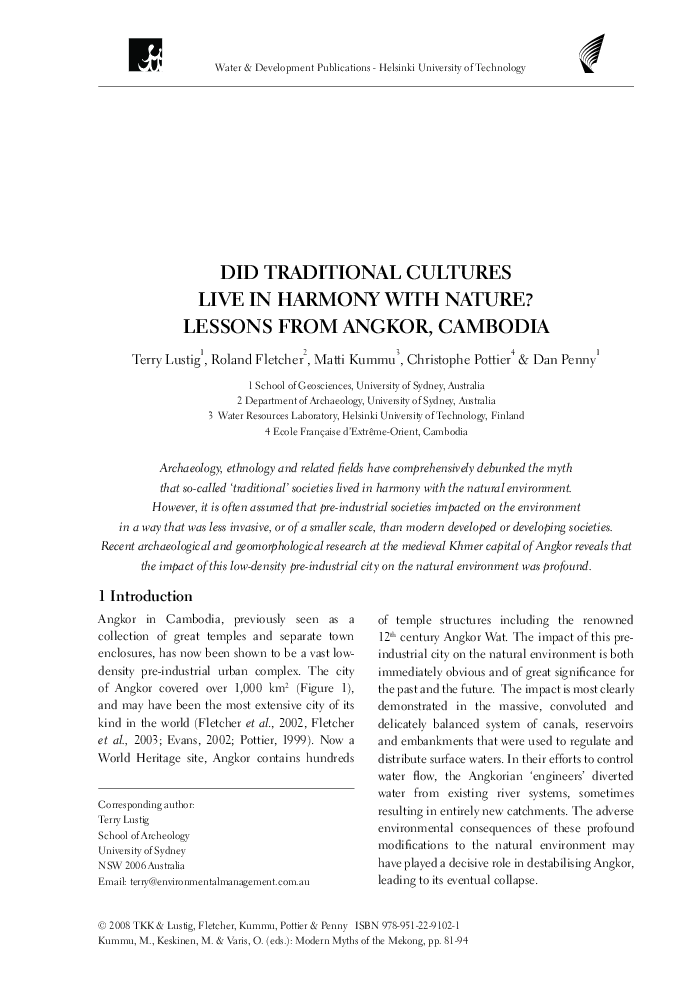Did Traditional Cultures Live in Harmony with Nature? Lessons from Angkor, Cambodia
by Terry Lustig & Christophe Pottier & Roland Fletcher & Matti Kummu
Far from the idyllic vision of an intrinsically 'eco-friendly' pre-industrial world, how the water resources management in Angkor impacted the environment.
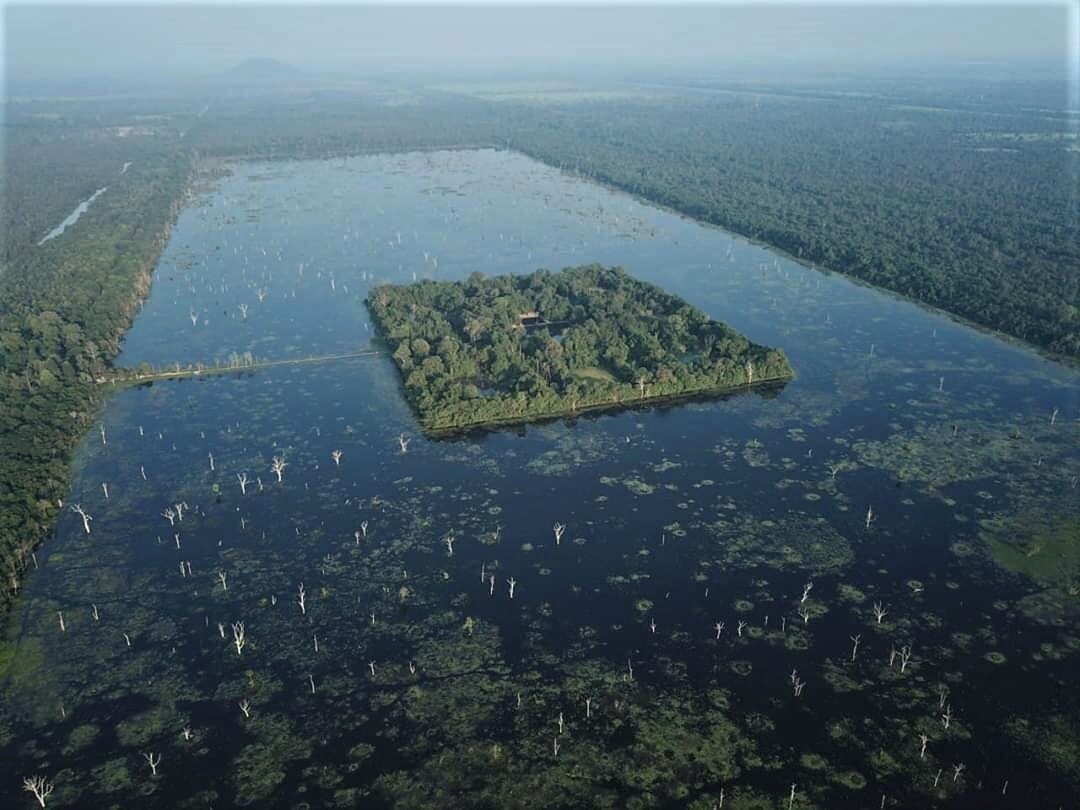
Publication: ISBN 978-951-22-9102-1 Kummu, M., Keskinen, M. & Varis, O. (eds.): Modern Myths of the Mekong, pp. 81-94/ Water & Development Publications - Helsinki University of Technology
Published: 2008
Authors: Terry Lustig, Christophe Pottier, Roland Fletcher & Matti Kummu
Pages: 14
Language : English
pdf 833.5 KB
Developing Bernard-Philippe Groslier’s hypothesis that water management in Angkor affected natural resources in the area to the point that ‘large-scale social life became impossible’, the authors describe the ‘massive, convoluted and delicately balanced system of canals, reservoirs and embankments that were used to regulate and distribute surface waters’.
They add: ‘In their efforts to control water flow, the Angkorian ‘engineers’ diverted water from existing river systems, sometimes resulting in entirely new catchments. The adverse environmental consequences of these profound modifications to the natural environment may have played a decisive role in destabilising Angkor, leading to its eventual collapse.’
Note: As early as 1880, civil engineer Edgar Boulangier asserted that the Siem Reap River was probably ‘man-made, an artificial waterway created in order to drain the flooded plain north of Angkor Thom’. Computing the speed and volume of the sedimentation process triggered by the Mekong River, Boulangier even stated that the Tonle Sap Lake had been in ancient times a real ‘gulf’ with direct access to open sea, and that the lake as we know it ‘would probably disappear within two centuries’…around 2180, then.
Authored by: Terry Lustig, Roland Fletcher, Matti Kummu (Water Resources Laboratory, Helsinki University of Technology, Finland), Christophe Pottier & Dan Penny (Ecole Française d’Extrême-Orient, Cambodia).
Photo: The West Baray at the end of 2020 rainy season.
Tags: water, irrigation, reservoirs, Tonle Sap, water management, decline and fall
About the Authors
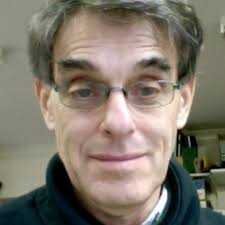
Terry Lustig
Mathematician and civil engineer Terry Lustig is an independent scholar, affiliated to the Greater Angkor Project and the University of Sydney (Department of Archeology).
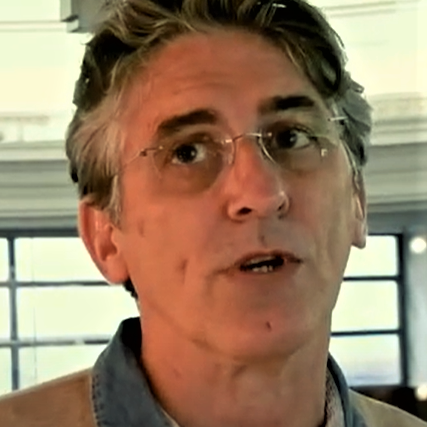
Christophe Pottier
Christophe Pottier (1966, Mayenne, France) is an archeologist and architect who worked with EFEO mission to Angkor from 1992 till 1999. Previously, he was involved in the restoration of the Khmer temple of Phanom Wan in Thailand, and the indexation of the Angkor related documentation preserved in the EFEO archives in Paris, under the direction of Bruno Dagens.
Assisting the Conservation of Angkor, Christophe Pottier took part in the restoration of the Terrace of The Leprous King (Angkor Thom), a vast effort left unfinished in 1973 when the Khmer Rouges stopped all conservation activities in Angkor. Later on, he Christophe Pottier directed the restoration of the northern staircase at the Terrace of the Elephants, completed in March 1999.
Head of the EFEO Siem Reap center at the start of the 2000s, he contributed to the identification of several hundreds new sites in the area of Angkor, which allowed him to reconsider settlements patterns and densities and to reassess ancient spatial layouts and organisations, which underline and specify the concept of territory in the Angkorian “cities”. This research continues since in the northern area of Angkor.
In addition, Christophe Pottier has headed since 1999 the Cambodian-French Archaeological Mission on the Angkor Region. He is associated since 2000 with the Greater Angkor Project led by Prof. Roland Fletcher, focusing on the spatial and chronological understanding of the decline and fall of Angkor as a center of power. Also, with R.K. Chhem (Western Ontario Univeristy) and A. Kolata (Chicago University), he initiated in 2005 a new Angkor Medieval Hospitals Archaeological Project.

Roland Fletcher
One of the leading instigators of the Greater Angkor Project, Professor of Theoretical and World Archeology at The University of Sydney (Australia), Roland Fletcher has inspired several multi-disciplinary research campaigns on the Angkor civilization, including the Lidar (airborne laser imaging) survey of Angkor, Phnom Kulen, Beng Melea, Oudong, Koh Ker and other areas.
During three decades, Prof. Roland Fletcher has studied the process of human settlement growth and decline, as part of an analysis of large-scale cultural phenomena over time. His major essay, The Limits of Settlement Growth, was published by Cambridge University Press in 1995, with a completed edition in 2007.
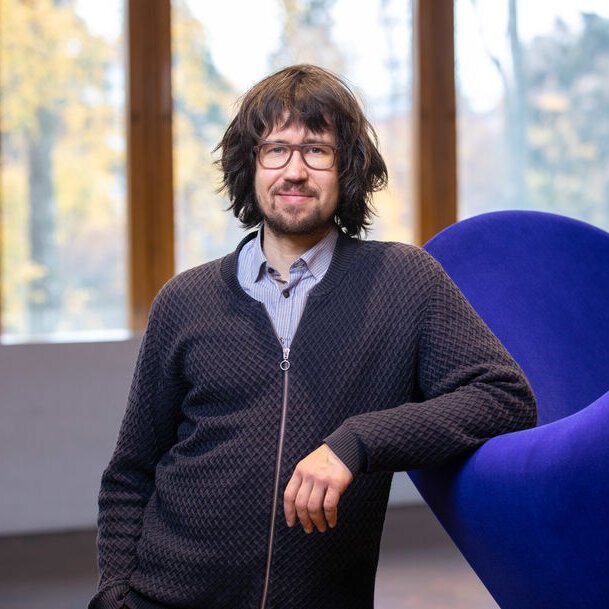
Matti Kummu
Matti Kummu is Associate professor at the Department of Built Environment, Aalto University, Espoo, Finland, specializing in Hydrology, Geoinformatics (GIS), Climatology, Irrigation and Water Management, local scale challenges and opportunities on water-energy-food nexus, particularly in Southeast Asian context.
He co-authored various studies on Tonle Sap Lake, in line with the aim of reflecting on the ever-growing pressure on water and land resources, and quantifying the potential of different measures, such as diet change, food loss reduction, emerging non-meat protein sources, and yield gap closure, to sustainably increase the food availability globally.
In 2008, he co-authored the essay “Did Traditional Cultures Live in Harmony with Nature? Lessons from Angkor, Cambodia” with Terry Lustig, Christophe Pottier and Roland Fletcher.
Photo by Mikko Raskinen (2020)

